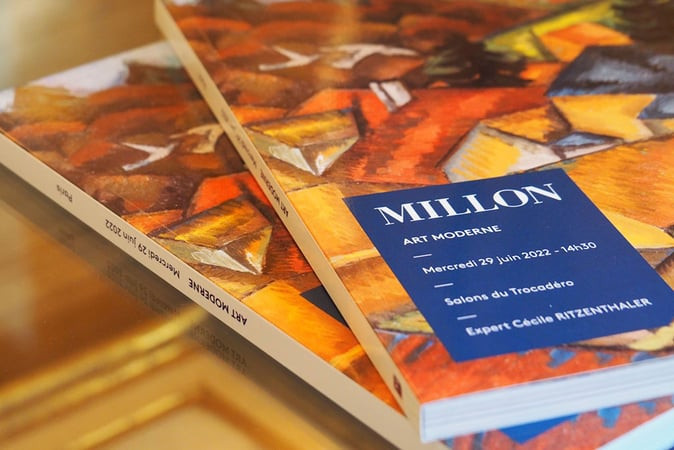Users can access the information stored on the NFC chip by scanning it with the free Arteïa Authentication application, which gives partners access to a private VIP Room web page.
Millon, a leading French auction house, will use Tezos’ blockchain-based digital traceability technology, developed by Arteïa, to guarantee the authenticity of works of art. This innovative solution, known as Arteïa Connect, will make its debut at the Masters Decorative Arts of the 20th Century event scheduled for today, November 7.
Arteïa Connect: a groundbreaking technology for the art world
Arteïa’s Connect solution introduces a revolutionary concept of a digital certificate of authenticity securely anchored on the Tezos blockchain, offering a groundbreaking approach to certifying the authenticity of works of art.
What sets Arteïa Connect apart is its innovative approach to security, which securely connects the digital certificate to the physical artwork via an encrypted Near-Field Communication (NFC) tag. This NFC tag acts as a tamper-proof digital passport for art, effectively increasing the traceability and value of the work on the secondary market.
At the heart of Arteïa Connect is the NFC chip, which is impossible to duplicate and is designed to self-destruct if tampered with. This chip is a crucial part of the system and serves as a digital identity card for the artwork.
It contains essential information such as a photograph of the artwork, the artist’s name, title, date, medium, dimensions, and other critical elements necessary for accurate identification and description. Works of art sold with a certificate of authenticity or a CITES certificate can also have a secure digital copy stored on the NFC chip.
Users can access the information stored on the NFC chip by scanning it with the free Arteïa Authentication application, which gives partners access to a private VIP Room web page. These VIP rooms provide a wealth of additional information about the artwork, artist, videos and sales details, creating a new line of communication between the work owner and the sales organization.
The Arteïa team has worked with several artists and estates, including Helene Delprat and Rachel de Joode, to advance the types of artworks and archival materials that can be made accessible and collectible to art collectors on a global scale.
The power of Blockchain in art
The integration of blockchain technology into the art industry is not a new concept. It has gained popularity in recent years due to its ability to provide secure, immutable and transparent data. Millon’s use of Connect comes just weeks after Galerie Christophe Gaillard announced that blockchain will be used to authenticate work by renowned artist Pablo Tomek.
Additionally, the British Museum, an iconic institution known for its rich cultural and historical treasures, recently embarked on a groundbreaking journey into the metaverse through a groundbreaking partnership with The Sandbox, an Ethereum-based metaverse game.
This collaboration represents a dynamic fusion of traditional heritage and cutting-edge blockchain technology, as the museum sets its sights on creating a unique collection of Non-Fungible Tokens (NFTs) to showcase its extensive and diverse range of artifacts.

